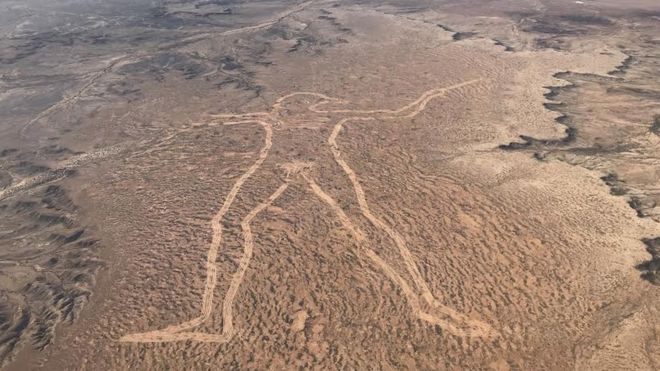- Messages
- 18,417
I only see animals in that cover. Are any humans involved?
Follow along with the video below to see how to install our site as a web app on your home screen.
Note: This feature may not be available in some browsers.
only in the special edition releaseI only see animals in that cover. Are any humans involved?
Wait till you see Sex in NZ.I only see animals in that cover. Are any humans involved?
NATIONAL WASTEWATER DRUG MONITORING PROGRAM REPORT 1, MARCH 2017
4.4: INTERNATIONAL COMPARISON OF DRUG USE 4.4.1: STIMULANT USE When comparing stimulant use in Australia with international levels, it should be recognised that cultures have different drug preferences and availability of drugs may differ between countries. Throughout many parts of Europe amphetamine is more commonly used than methylamphetamine, while the opposite is true in Australia. Therefore, to make international comparisons, the four common stimulants were added together and expressed as doses per day per normalised population (Figure 24). Latest international data for Europe were used as reported by SCORE (2017).
Of the European countries with comparable reported data for the four common stimulants considered, Australia has the second highest total estimated consumption. As discussed above, the amphetamine detected in this study is expected to be mainly a methylamphetamine metabolite and so no Australian usage is reflected in Figure 24. Comparing these drugs individually between Australia and other countries, Australia’s ranking in Figure 24 is driven by its high methylamphetamine consumption (Figure 25a). Methylamphetamine levels are the second highest compared to the other reported countries. It is worth noting that the other countries in the world with reasonably high methylamphetamine use, in Asia and parts of the United States, are not represented here. Compared to European drug usage patterns, Australian cocaine consumption is relatively lower, while MDMA is at median levels (Figure 25b-c).
4.4.2: ALCOHOL AND TOBACCO USE Similar international comparisons can be made for alcohol and tobacco usage between Australia and other countries (Figure 26). International data have been recalculated on a consistent basis to the Australian data (i.e. based on total population rather than adult population) and converted excreted to consumed values using the excretion factors and standard doses in Table 1). Australian average consumption of alcohol (approximately 1 200 standard drinks per 1 000 people per day, i.e. on average just over 1 standard drink per person per day) and tobacco (approximately 1 400 cigarettes per 1 000 people per day, i.e. just over 1 cigarette per person per day) sit within the mid to low range of the available consumption rates reported by other countries.




 PHOTO: While livestock can also contract 'the staggers', they can be given preventative treatments that kangaroos miss out on.(Supplied: Unsplash)
PHOTO: While livestock can also contract 'the staggers', they can be given preventative treatments that kangaroos miss out on.(Supplied: Unsplash) PHOTO: Researchers Don Driscoll and Jane Catford examine phalaris. (Supplied: ANU)
PHOTO: Researchers Don Driscoll and Jane Catford examine phalaris. (Supplied: ANU)

People must be bored out there.



I've had a few possums inside. Bugger to get out.
The only time I've been in a Starbucks is in Beijing and Taipei where I couldn't find a proper coffee shop. Its bloody awful - buckets of warm milk with coffee flavouring. And you can't even get a piccolo macchiato . Everybody knew they'd fail. The only people who frequent them here are teenage female Chinese students.Why Starbucks In Australia Was A Massive Failure
https://www.gizmodo.com.au/2018/07/why-starbucks-in-australia-was-a-massive-failure/
Tl;dr: Starbucks is gross, Aussies have refined taste
The only time I've been in a Starbucks is in Beijing and Taipei where I couldn't find a proper coffee shop. Its bloody awful - buckets of warm milk with coffee flavouring. And you can't even get a piccolo macchiato . Everybody knew they'd fail. The only people who frequent them here are teenage female Chinese students.
Whats going on with the needles in strawberries?
what the fuck?It spread to bananas this morning.